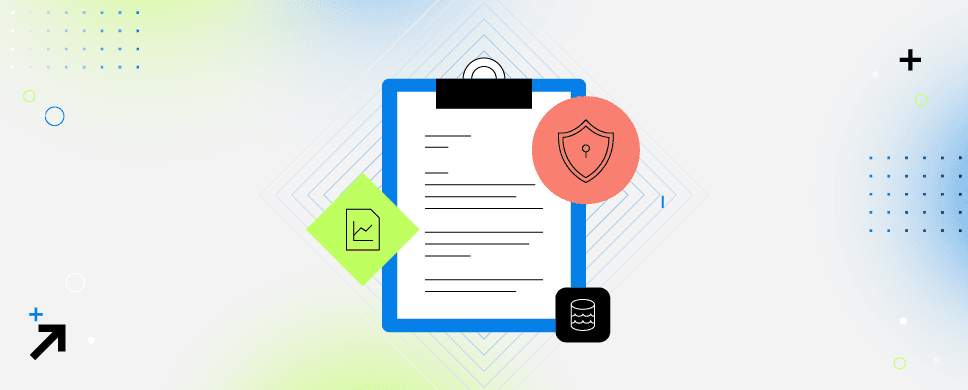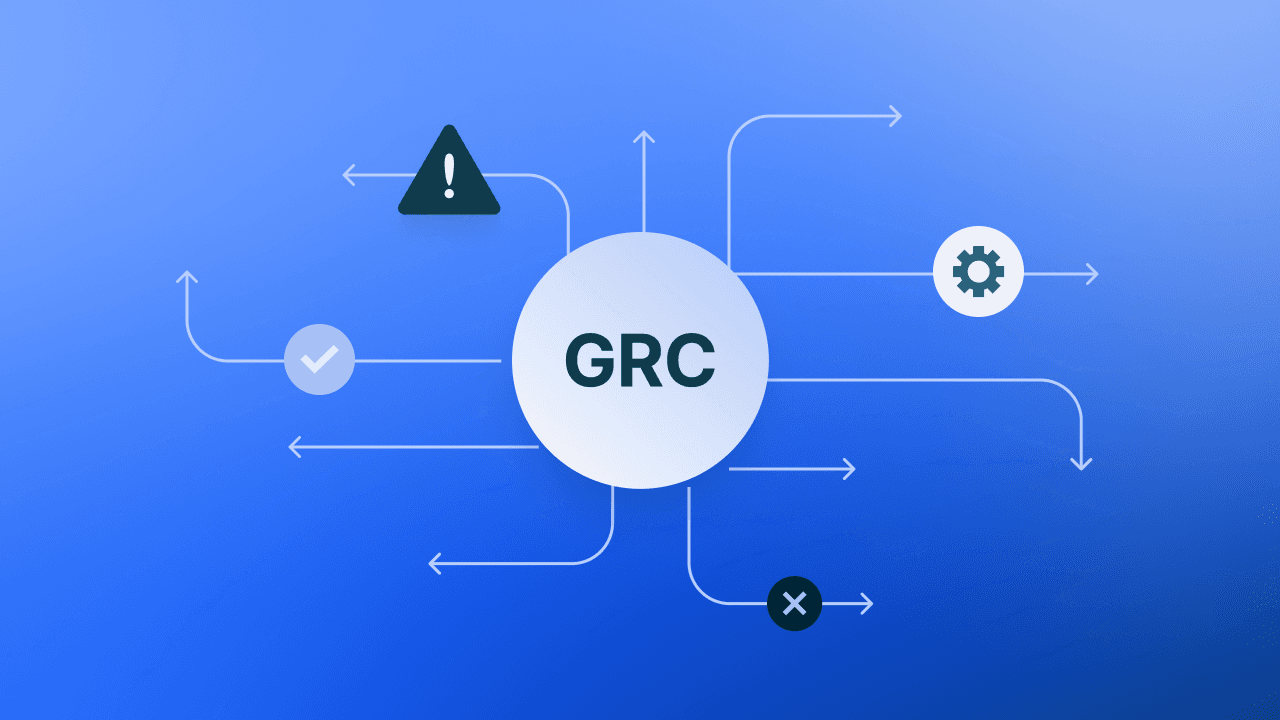Checklist: How to Evaluate a Compliance Open API
A compliance Open API can fuse compliance into your critical systems. Use our checklist to evaluate compliance APIs against your tech stack.
The days of managing compliance programs with spreadsheets are long gone. As evidence collection becomes increasingly complex, enterprises without a compliance automation platform run the risk of falling behind and running an ineffective compliance program.
Achieving and maintaining compliance can become even more complicated when your compliance partner doesn't integrate with your current or growing tech stack. That's where a compliance-focused Open API comes in—it lets your developers create the solutions you need for complete visibility of your organization’s compliance program.
Choosing the right API, however, takes work. You must evaluate a compliance service provider’s API carefully.
Ask questions like:
How well do the API’s endpoints support our compliance monitoring needs?
Does the API align with our engineers’ technical skills?
Will implementation take a lot of our engineering team’s time?
How much control does my organization have on API access management?
How detailed are the API’s activity logs?
An API that gets these answers right will enhance your compliance program while improving development and efficiency. This checklist will help you evaluate compliance-focused Open APIs to find the best fit for your enterprise’s requirements.
What Endpoints Does the API Support?
You need an API with the right endpoints to ensure your developers can integrate enterprise systems with your compliance monitoring platform. Consider how your developers will use the API and ask:
Does it look like the vendor has thought through common use cases to ensure the right endpoints are available?
Will these endpoints ultimately save your team time by meeting the organization’s needs and greatest pain points?
Are there guides and documentation for easy implementation?
Are the variables they return intuitive?
Finally, evaluate the number of API calls you can implement across categories such as:
Users
Personnel
Vendors
Controls
Events
Assets
Monitor instances
Background check
Devices
Risk management
REST API or GraphQL?
Another consideration is how easily your developers can implement an API vendor. In most cases, this comes down to whether the company uses a RESTful architectural style or alternatives such as the GraphQL query language and runtime environment. Each choice has strengths and weaknesses that make it a better fit for specific applications.
Most businesses will choose the approach that their developers already know—REST.
A recent survey of developers and other API practitioners found that 91% use REST while only a quarter of respondents use emerging alternatives like GraphQL. Companies can implement RESTful APIs with the people they already have. Other options may come with steep learning curves or require hiring more developers.
APIs built on REST are more accessible, easier to adapt, and faster to implement without the errors that creep into newly adopted technologies.
How to Reduce Engineer Hours When Implementing an API
Just because an API uses a RESTful style does not mean it’s the right choice. The API’s design should optimize your engineering efficiency. The answers to these questions will determine how much time the API implementation will take.
How easy is it to implement?
Does it integrate with your existing tools?
What is the learning curve, and how well is the API documented?
How responsive is the API?
How well does the API comply with your security policies?
The answers will also indicate the administrative burden an API imposes on your organization.
How Granular are the API’s Security Features?
Many APIs generate an all-or-nothing key that allows unlimited access. In modern security practice, that is unacceptable. Breaches can happen at any time. Overly permissive API keys force you to develop additional controls to protect your networks and resources.
Access control is one of the top criteria for a compliance Open API.
Can I Scope Permissions?
A better choice would be an API with granular security features that let you scope permissions. Consider the following questions:
Can you specify read or write access on a per-endpoint basis?
Can you limit that permission for a certain key?
Can you edit the key at any time?
Can you revoke the key at any time?
Granular control over access permissions makes a compliance API easier to integrate with your security stack while following least-privilege best practices.
How Does It Log Changes and Calls?
Rich activity logging is another benchmark of a well-designed compliance Open API. Look for an API that generates fine-grained activity logs and offers flexible query tools.
With the right API, your engineers need less time to identify and resolve errors. Developers can troubleshoot issues before pushing code into production. Administrators can use production logs to monitor API performance.
Detailed activity logging also lets you spot unusual behavior that could signal a security incident.
Key Elements to an Open API
Choosing an API to support your operations always requires careful consideration. You must pay even more attention when selecting a compliance API that, by its nature, accesses every aspect of your organization’s compliance. The key elements to evaluate include:
Security features: Choose an API that controls read/write access per endpoint, offers granular permissioning, and supports quick revocation.
Productivity features: Choose a well-designed RESTful API to flatten the learning curve and reduce implementation times.
Visibility features: Choose an API that generates detailed, fine-grained activity logs and powerful query tools to identify and correct issues quickly.
Product features: Choose an API with well-thought-through endpoints that extend compliance monitoring deep into critical systems.
If you're ready to automate your compliance program, book a demo with our team today.







